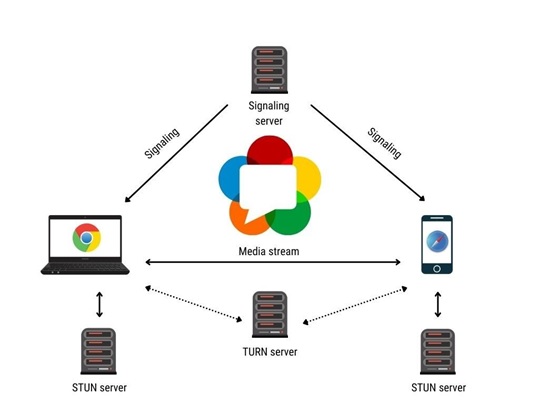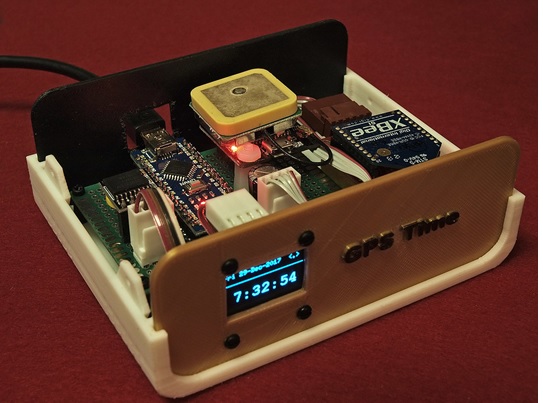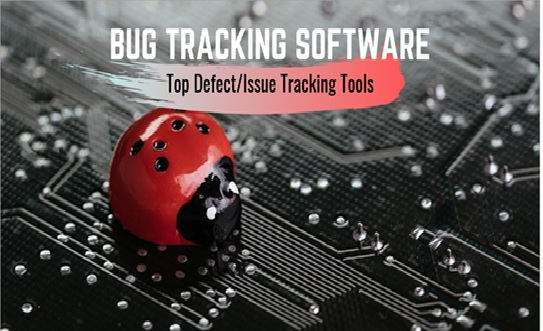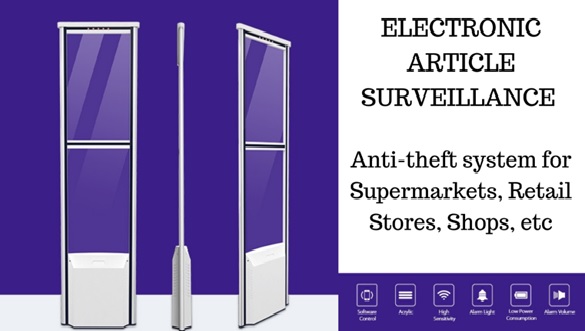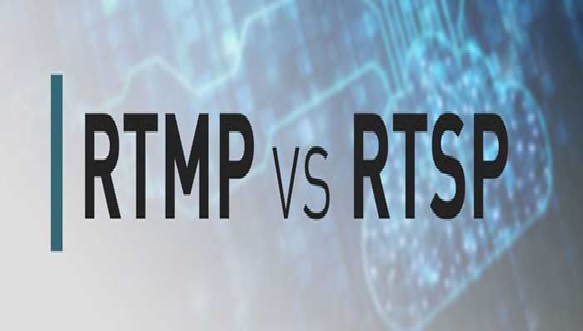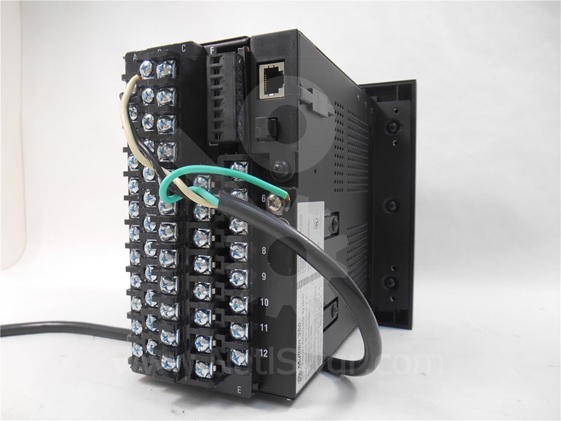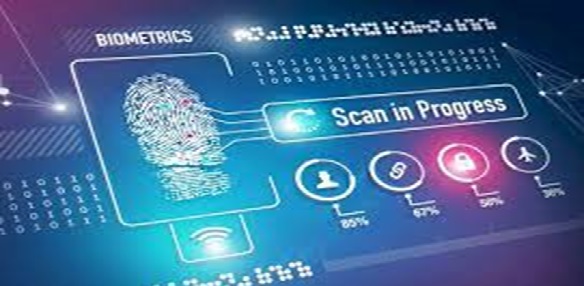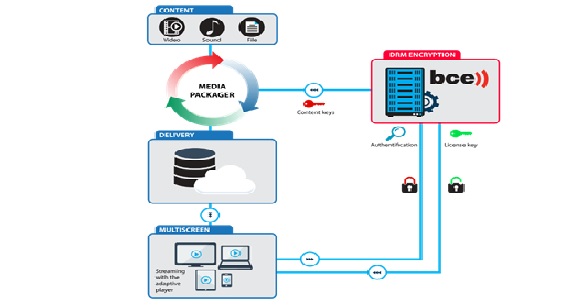The Technology of Telematics
At its core, a telematics system includes a vehicle tracking device installed in a vehicle that allows the sending, receiving and storing of telemetry data. It connects via the vehicle’s own onboard diagnostics (ODBII) or CAN-BUS port with a SIM card, and an onboard modem enables communication through a wireless network.
The device collects GPS data as well as an array of other vehicle-specific data and transmits it via GPRS (General Packet Radio Service), 4G mobile data and cellular network or satellite communication to a centralized server [1]. The server interprets the data and enables it to be displayed for end users via secure websites and apps optimized for smartphones and tablets.
The telematics data captured can include location, speed, idling time, harsh acceleration or braking, fuel consumption, vehicle faults figure 1 shown below, and more. When analyzed for particular events and patterns, this information can provide in-depth insights across an entire fleet.
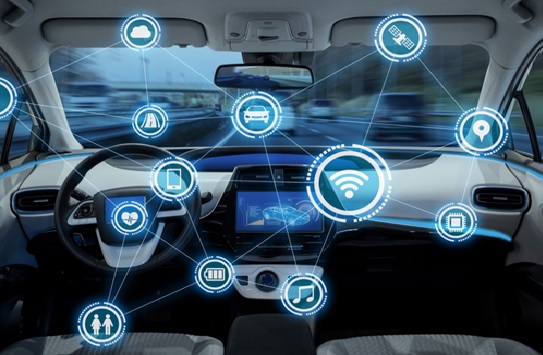
Figure 1: Telematics
Benefits of Telematics Data Exchanges
Telematics data exchanges is a convenient resource for insurers, drivers and automakers. It merges driving and vehicle data from multiple carmakers and gives insurers uniform and normalized data. As a result,[2] they can accelerate innovation and lower premiums of usage-based insurance (UBI).
There are several benefits to utilizing driver telematics data, including:
Increased Driver Safety
When drivers participate in a telematics data exchange, then they receive real-time feedback on their driving behavior through the data collected from their vehicles submitted in the exchange. Drivers can quickly identify unsafe driving behaviors and adjust their habits to improve their on-road performance.
Reduced Cost of Ownership
According to automotive pricing guide Edmunds, automotive insurance accounts for 10% of overall ownership costs. Telematics data exchanges are used by fleets to help facilitate UBI programs by tracking vehicle driving data. These programs offer better incentives and lower prices to fleets who adopt safer driving habits or reduce their mileage. Thus, reducing insurance premiums with driver telematics data is a practical way to help fleets save money.
Easier Insurance Shopping
Telematics data exchanges provide individualized driver risk scores based on one’s personal driving behavior and driving history. Possessing this score equips managers and allows for a smoother insurance shopping experience.
Better Claims Ratios and Fraud Detection
Implementing telematics data exchanges improves fleets’ claims ratios and reduces claims costs. For example, the telematics data collected during a collision can assist in defending claims and minimizes legal fees.
References:
- https://www.verizonconnect.com/resources/article/what-is-telematics/
- https://www.azuga.com/blog/use-telematics-data-exchanges-to-improve-operations#:~:text=%20What%20You%20Can%20Do%20With%20A%20Telematics,telematics%20system %20relates%20to%20insurance.%20When...%20More%20
Cite this article:
S. Nandhinidwaraka (2021) The Technology of Telematics, Anatechmaz, pp. 26




